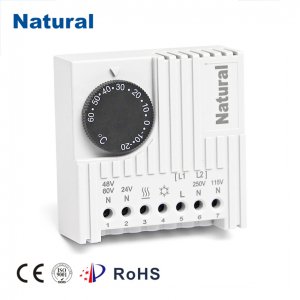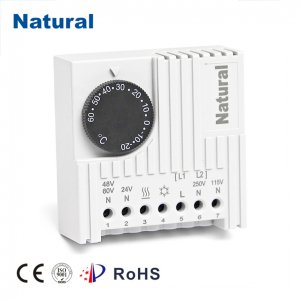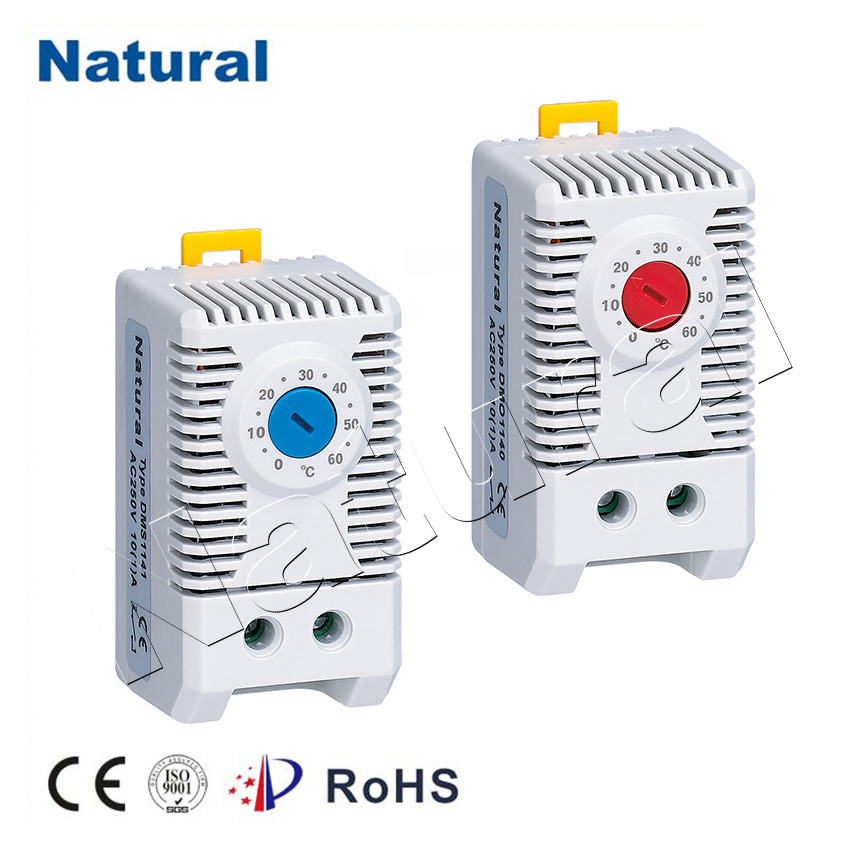In modern heating, ventilation, and air conditioning (HVAC) systems, the thermostat plays a crucial role in maintaining comfort within residential and commercial spaces. Among the various types of thermostats available, the 24V thermostat is particularly common in the industry due to its reliability and effectiveness. This article delves into the functionality, advantages, and installation considerations of a 24V thermostat.

What is a 24V Thermostat?

A 24V thermostat is a device that regulates the temperature of a space by controlling the heating and cooling systems. It operates on a low voltage of 24 volts, which is typically derived from a step-down transformer connected to the electrical system of a building. This low-voltage operation not only enhances safety but also minimizes the risk of electrical shocks, making it a preferred choice for many HVAC applications. How Does a 24V Thermostat Work? The functioning of a 24V thermostat is relatively straightforward. It measures the ambient temperature of the space through built-in sensors. When the temperature deviates from the setpoint defined by the user, the thermostat activates or deactivates the HVAC system accordingly. For instance, if the room temperature falls below the desired level, the thermostat sends a signal to the heating system to turn on, bringing the temperature back to the setpoint.

Leave a Reply